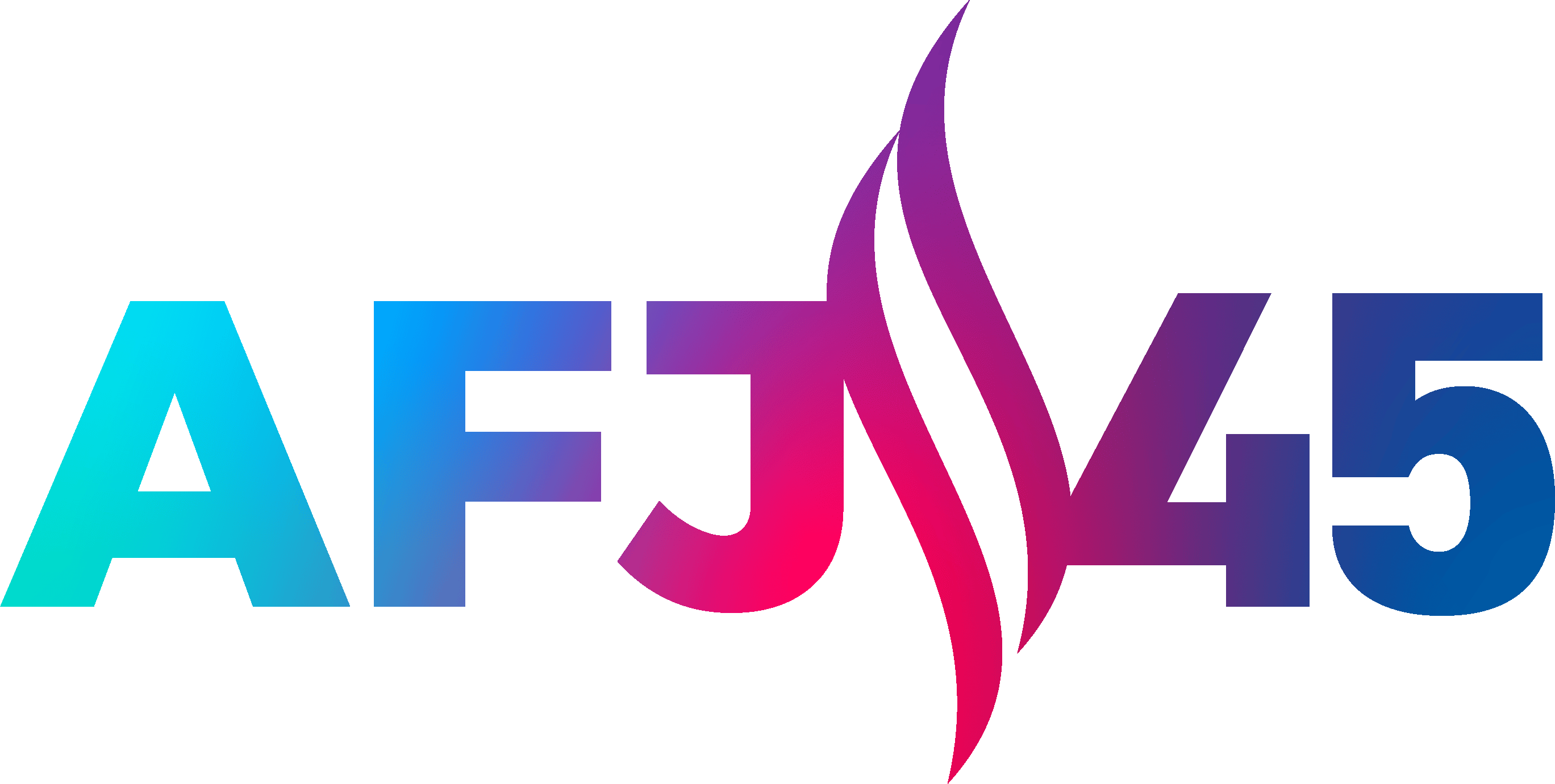Lobbying Series Part 1 – Introduction to Lobbying
Our attorneys for this episode:
Quyen Tu Tim Mooney Natalie Ossenfort
Shownotes
-
- On this episode, we begin a multi-part series on lobbying for 501(c)(3) public charities — the limits, the definitions, the exceptions and much more. If you’re advocating on federal, state or local public policy in 2021, this is the podcast you’ve been looking for.
Why are we talking about public charities and lobbying?
- It’s still worth a listen for 501(c)(4)s, private foundations, and others.
- Underscore that not all advocacy is lobbying (which is why we’ll spend several episodes on defining lobbying)
- Lobbying limits as a function of tax treatment and deductibility of contributions to 501(c)(3)
- Is this a 1st Amendment issue of speech being curtailed? Not according to the Supreme Court of the United States
The Insubstantial Part Test
- This is the default measurement system for 501(c)(3)s
- Very little IRS or legal guidance on this
- No “substantial” part of a public charity’s activities can be lobbying
- No definition of lobbying
- No definition of substantial
- All activity is counted, whether it costs money or is done by volunteers
- Most practitioners go with 5% but that is not an IRS rule!
- Report lobbying on Schedule C of Form 990
501(h) Election
- In the 1970s Congress passed reform legislation that included another choice for most charities
- 501(c)(3)s must “elect” this option
- Available to most charities, but not churches or auxiliaries (controlled by) of churches also referred to as houses of worship
- This is an expenditure–based test
- Clear limits based on organizations exempt expenditure
- For most 501(c)(3)s that’s 20% of their annual exempt expenditures but this limit does go down as the organization’s exempt expenditures go up
- Max cap is $1 million for organizations with exempt expenditures $17 million or more
- Clear, bright–line definitions of lobbying
What Are the Advantages 501(h)?
- Clarity of what is lobbying
- Organizations ca pay excise taxes for going over limits rather than risk losing their tax status
- Easier to plan for lobbying activities
- Easier to report
- No additional risk of audit (perhaps less?)
- Example: AFJ and many other 501(c)(3) public charities
What Are the Advantage of the Insubstantial Part Test (IPT)?
- Vanishingly small
- Very large organizations with budgets $100 million or more maybe able to lobby more with IPT than under the 501(h) election despite the IPT’s lack of clarity
- These organizations can afford to hire lawyers!
- Example: The Nature Conservancy
Bolder Advocacy strongly recommends that public charities make the 501(h) election
- How do you know if your organization has made 501h? Look at your Form 990 Schedule C.
- How do you make the 501(h) election? File IRS Form 5768v
- Backdates to the beginning of the organization’s tax year
- You only have to make this election once
Resources
- Being a Player: A Guide to the IRS Lobbying Regulations for Advocacy Charities
- What is Advocacy?
- Worry-Free Lobbying For Nonprofits: How To Use The 501(h) Election To Maximize Effectiveness
- Public Charities Can Lobby: Guidelines for 501(c)(3) Public Charities(Factsheet)
- Lobbying Rules For Houses of Worship
- 501(h) Lobbying Limit Calculator
